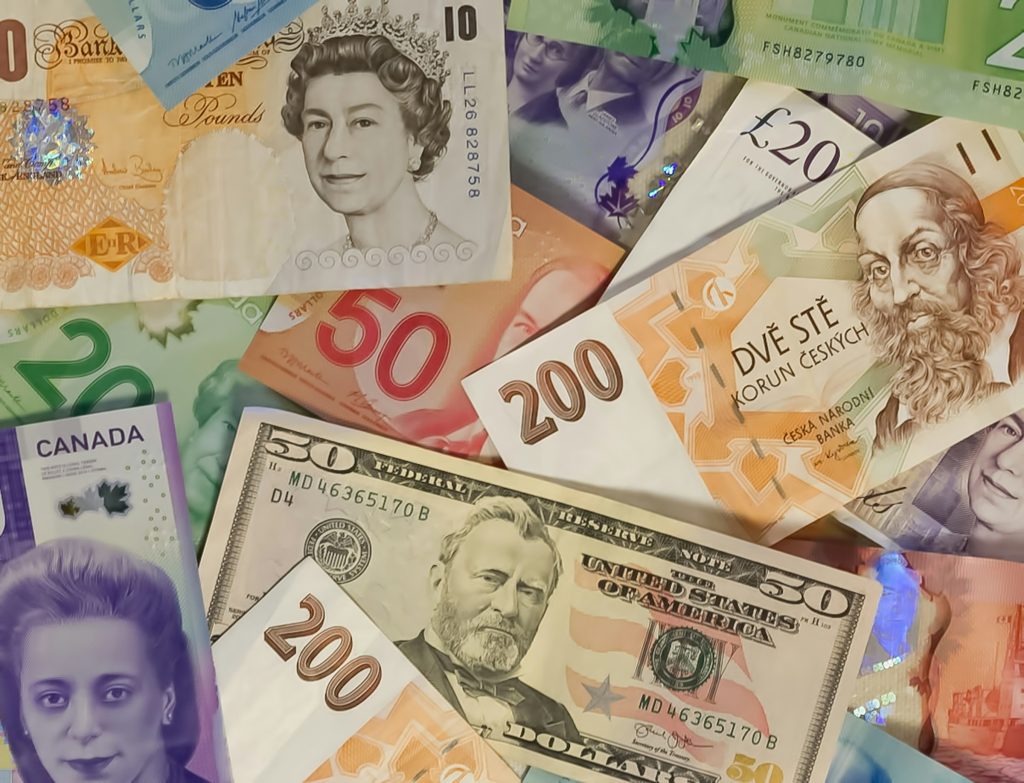Chapter 18: Exchange Rate and Trade Finance
Chapter 18 Introduction

Learning Objectives
After reading this chapter, you should be able to
- Describe the basics of exchange rates.
- Discuss the concept of currency appreciation and depreciation.
- Explain different exchange rate systems.
Think About It!
Video: Imports, Exports and Exchange Rates
Before reading this chapter, watch this video explaining the connection between exports, imports, and exchange rates.
Source: CrashCourse. (2015, November 3). Imports, exports, and exchange rates: Crash course economics #15 [Video]. YouTube. https://youtu.be/geoe-6NBy10?si=CkkLcBpniBpocQ1j
Test Yourself
Introduction
Exchange rate is a particularly important macroeconomic indicator used in trade finance. It indicates the price of one currency expressed in terms of the other currency. In international trade, where multiple currencies can sometimes be part of one transaction, fluctuations in exchange rate highly impact profitability of key players in trade. Such fluctuations in the exchange rate are defined by the concept of currency appreciation and depreciation. Where currency appreciation defines an increase in currency value, currency depreciation indicates a decline. Trade organizations always keep in mind the exchange rate system of the target country before taking any exchange rate decisions.

